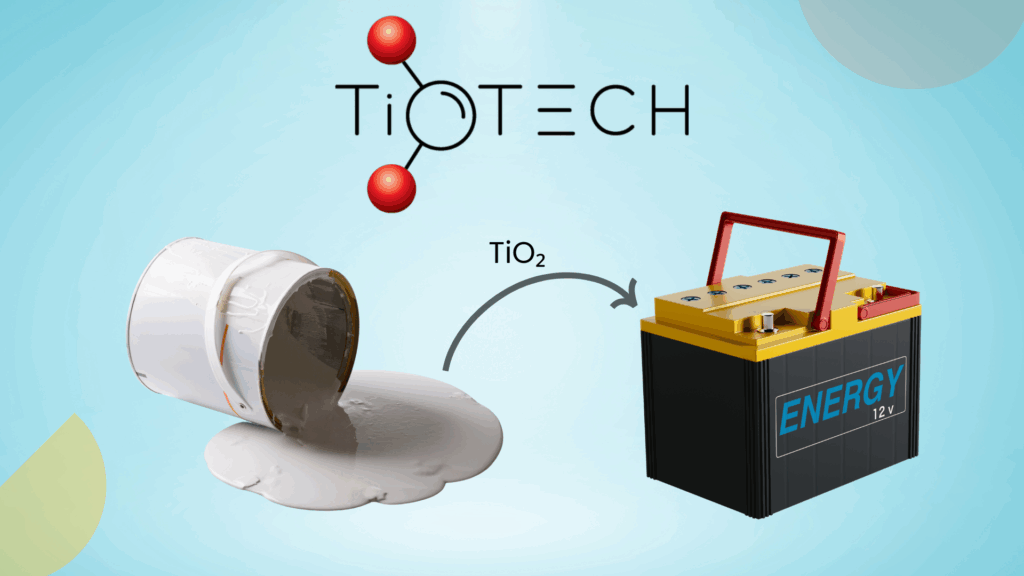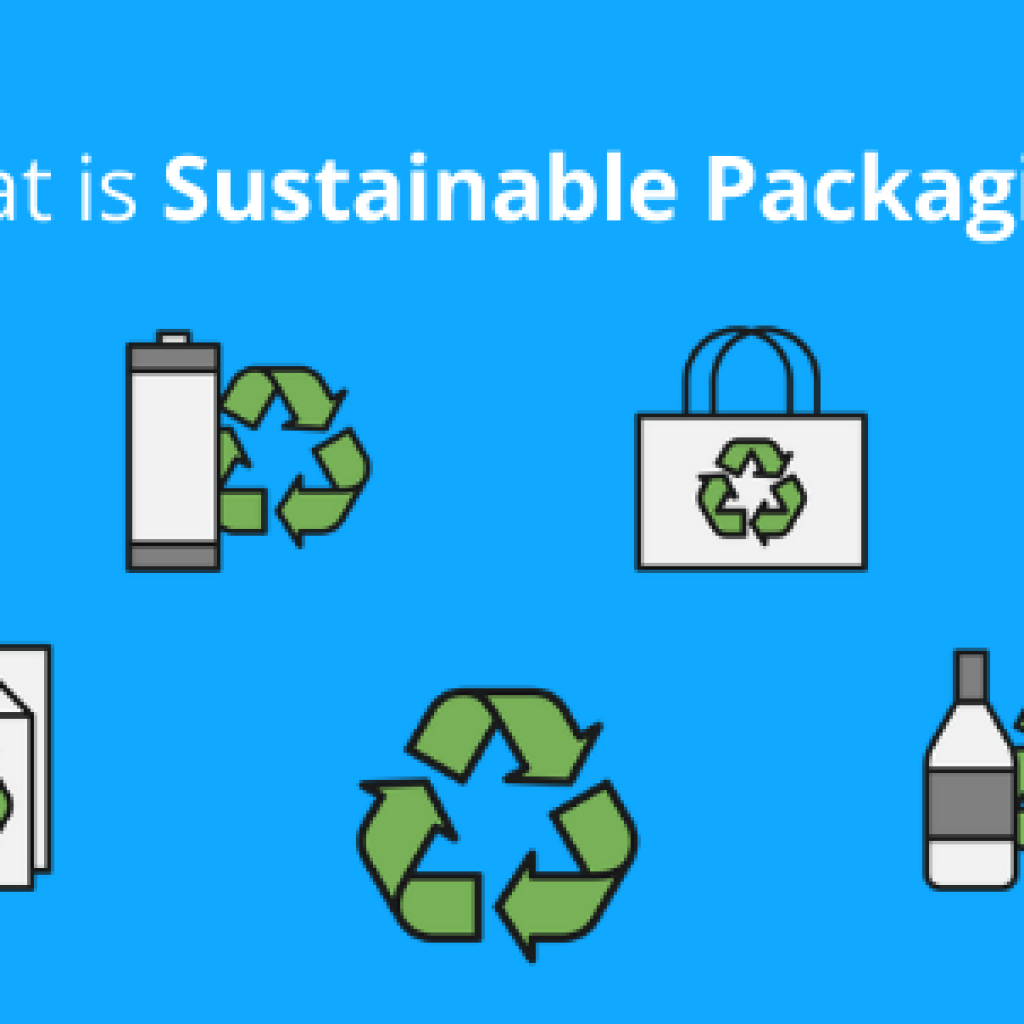Harvesting seaweed responsibly has the potential to address some of the world’s biggest sustainable development challenges through nature-based solutions. Due to its favorable characteristics (such as binding properties, etc.), Seaweed innovations have been increasingly adopted in various industries. Seaweed is already widely used in the food, cosmetic, pharmaceutical, and agriculture industries and has potential as a biofuel.
The report walks you through various seaweed innovations and their industry challenges. We will discuss Seaweed Innovation in 6 application areas.
Further, you can download the complete report by filling out the form below:
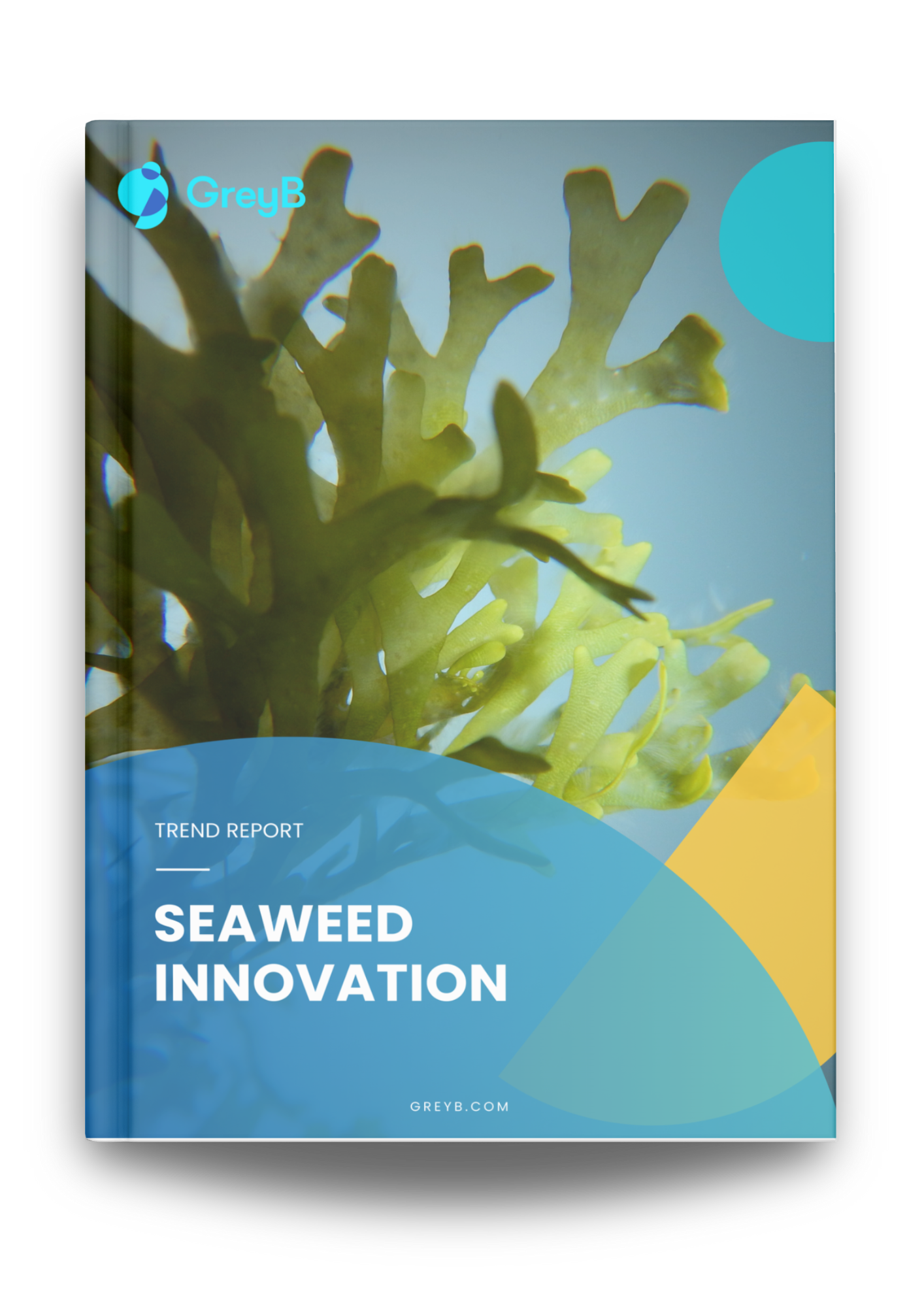
What is the present status of Seaweed Innovation in the world?
Seaweed is abundant, and before discussing the seaweed innovations happening in various industries, let’s examine the quantity available for use.
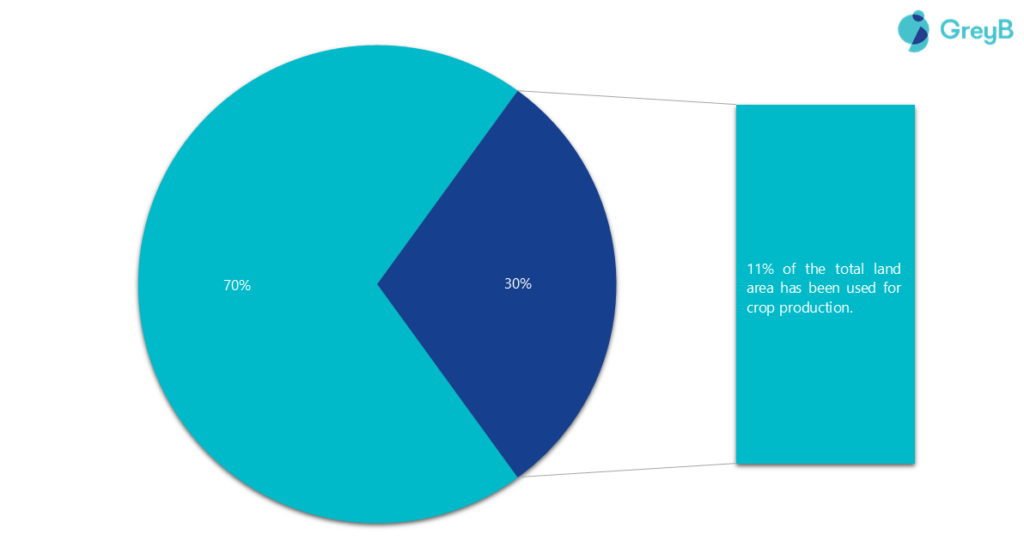
- 70% of the world’s surface (ocean) has not traditionally been used for crops, and 11% of the land is brought to use for crop production.
- Seaweed has amazing carbon dioxide uptake and storage capability. Kelp takes in five times more carbon than most land-based plants.
- Seaweed needs no fertilizing, no weeding, and no watering. Also, it has very few enemies in the form of pests or diseases.
In short, Seaweed’s availability negates the challenge of being a limited resource. So the question arises: what is the status of seaweed production and investments? The next section talks just about that.
Global Seaweed Production & Investments
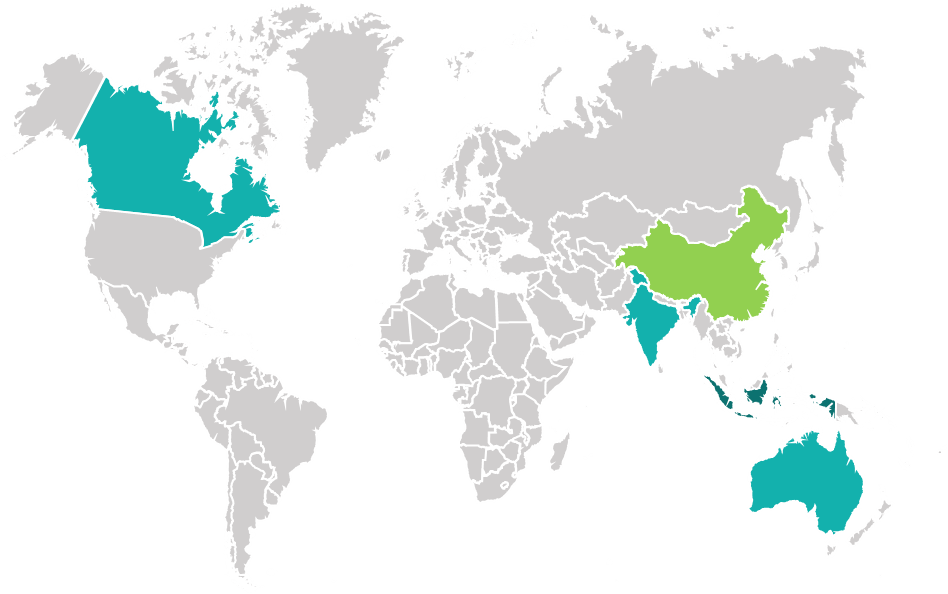
The Seaweed Market is expected to reach $23.2 billion by 2028, at a CAGR of 9.1% from 2021 to 2028. Also, in terms of volume, the seaweed market is expected to record a CAGR of 9.5% from 2021 to 2028 to reach 11,408.3 KT by 2028.
Growing market share is one reason 2021 saw a big jump in seaweed startup investments, especially outside Asia.
China and Indonesia have 80% of the global seaweed market share (Source). Collectively, Asian countries own more than 90% of the global seaweed market share.
In Asia, apart from China and Indonesia, India is also a considerable market for seaweed. Even India knows that. That’s why the government of India is investing ~$87m in seaweed cultivation. Also, a seaweed farming initiative is being launched, promising 30,000 tons of seaweed per year.
In the Pacific, the Australian Seaweed Institute’s blueprint plans ~$8m R&D investment for the seaweed industry. (Source)
Commercial Applications of Seaweed
Globally, seaweed is being used more in various downstream industries due to its various favorable properties (such as being edible, having a low carbon footprint, being an emulsifier, etc.). Now, let’s explore these application areas to see the innovations happening in this domain.
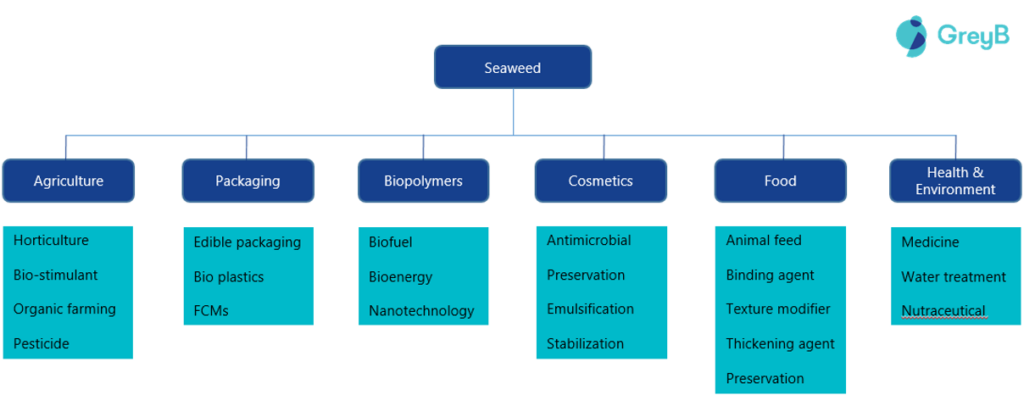
Seaweed Innovation in Food
Challenges Related to Seaweed in “Food”
Seaweed has been a staple food source in many cultures for centuries. As people become more aware of the relationship between diet and health, consuming seaweed is increasingly gaining attention. Nowadays, many new food products based on seaweed have been developed and marketed, offering enhanced health benefits and the potential to decrease the risk of diseases.
However, despite their excellent properties (such as nutritional, physicochemical, and textural), seaweeds are far from being regarded as a commodity, mainly due to their low processing suitability. Below are the major challenges hindering its adoption in the broader domain:
- Undesirable taste and texture properties of the final seaweed product
- Inconsistent dispersibility and viscosity
- Low-strength seaweed gels reduce the usefulness of seaweed-based flour.
- Deterioration in nutritional benefits after processing
A seaweed-based product that preserves unprocessed seaweeds’ nutritional, physicochemical, and health benefits and has superior rheological properties is of great commercial interest.
- A seaweed gel with optimum strength would make the usage of seaweed-based flour widespread.
- The solution should be a natural, i.e., non-chemically modified, seaweed-based product that overcomes these challenges.
Companies and Startups Researching Seaweed-Based Food
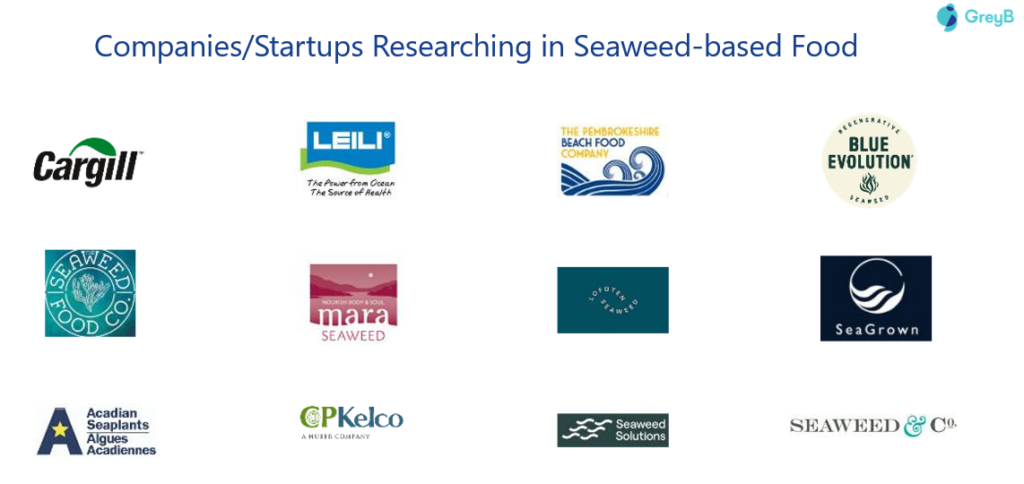
Cargill’s Seaweed Powder
In 2021, Cargill unveiled its first seaweed powder offering, marketed as “WavePure ADG 8250”. The product is claimed to have limited color and flavor deviation properties in the final product. It also has smooth and creamy textures in dairy, offering gel and thickening properties.
“Seaweed powder appeals to a trifecta of consumer demands, allowing product developers to create foods and drinks with indulgent sensory experiences, using a single ingredient that consumers perceive as a positive addition to ingredient labels,” said Xavier Martin, Global Product Manager Seaweed Extracts at Cargill. “By bringing this ingredient innovation to our customers, we’re giving them the tools they need to create products that truly stand out in a competitive marketplace.”
Seaweed Innovation in Packaging
Challenges related to Seaweed in “Packaging”
Globally, all industries are rushing to align themselves to incorporate sustainability in their businesses. Due to this, biodegradable products (for packaging) have been touted as a potential solution. To address this issue, various biodegradable materials are being researched to reduce the future environmental impact. But, due to their low strength, rigidity, and expensive recycling process, their usage is limited.
To overcome this, using polysaccharide-based materials (derived from seaweed) might present an eco-friendly technological solution for packaging. But there are the following challenges in the use of seaweed in packaging –
- The complex and energy-intensive recycling process of seaweed-based packaging
- Mass production of seaweed
- Expensive processes for extracting seaweed-based raw materials
- The problem of contamination when not handled correctly while recycling
Startups Working on Seaweed
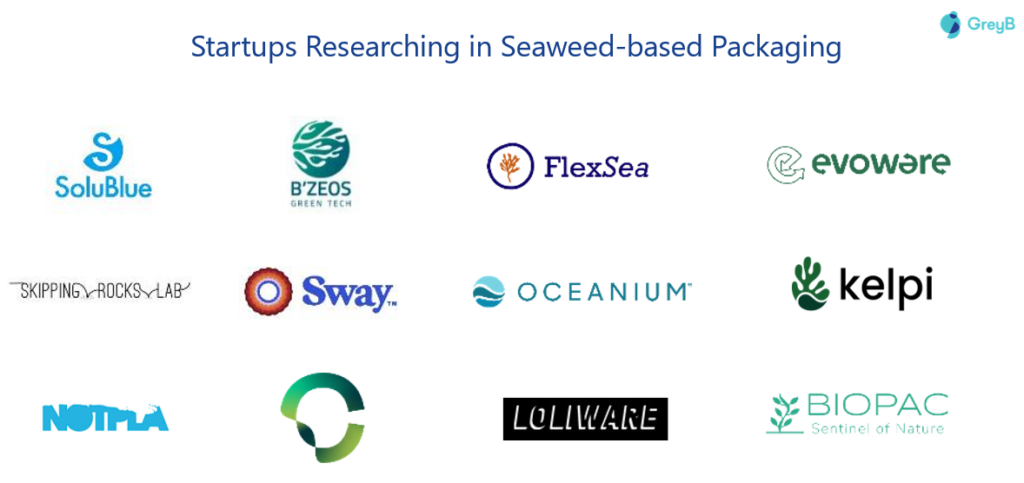
Notpla’s Biodegradable & Edible Packaging
In 2019, Ooho (Notpla’s product based on seaweed-derived packaging material) was trialed at the London Marathon. The runners were offered the sachets, filled with a sports drink.
This trial resulted from a four-way project between Hellmann’s, Just Eat, Innovate UK and Notpla. The company has secured funding from the UK Government’s innovation agency (Innovate UK)
Also, Unilever, Just Eat, and Notpla have partnered to launch sauces in seaweed sachets. Following several trials and early-stage partnerships with brands such as Lucozade and Just Eat, Notpla is now looking for more manufacturing partners. Notpla will focus on selling commercially and more widely, with plans to expand across Europe and into the US soon. (Source) (Source)
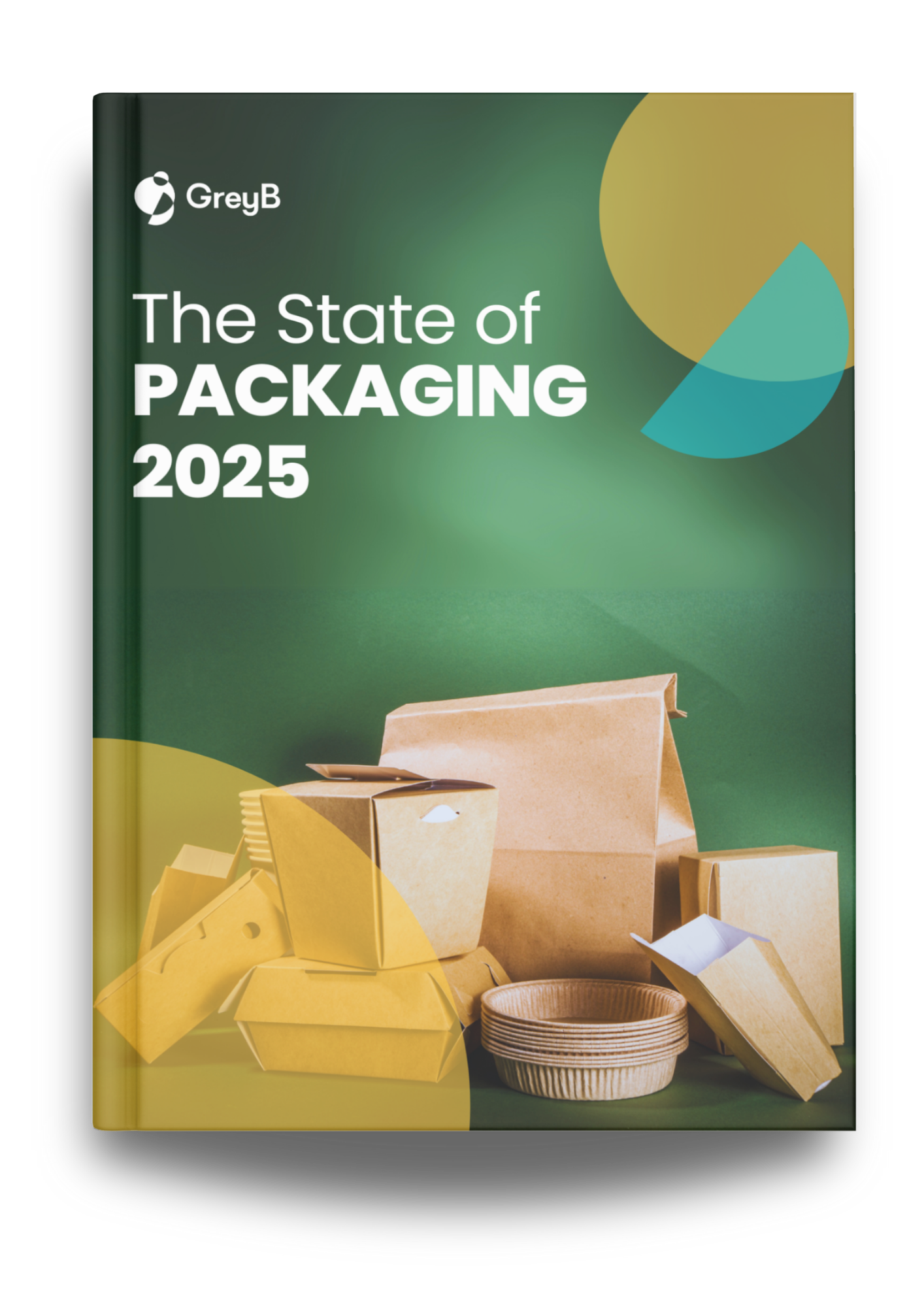
Packaging Trends Report 2025
Download ReportSeaweed Innovation in Health & Environment
Challenges related to Seaweed in “Water Treatment”
Wastewater is a by-product of any [mostly industrial] process or activity. It could come from manufacturing industries, factories, landfills, households, textile industries, petrochemical industries, aquaculture, agriculture, etc. Due to the high-standard requirements set by environmental regulations on wastewater discharge, wastewater treatment has gained attention worldwide.
Green solutions (without chemicals) that are effective in their operations and environmentally friendly are of great commercial interest. While there is interest in moving towards green solutions, there are certain challenges that need attention while adopting green materials like seaweed –
- Improper heavy metal filtration capabilities of green chemicals
- Low filtration capabilities
- The presence of salts affects the performance properties of green solutions.
- Restricted applications in various downstream industries
Inadequately treated or untreated wastewater greatly contributes to releasing unwanted toxic contaminants into water bodies. Some of these contaminants are persistent and bio-accumulative, becoming a great concern as they are released into the environment.
To address this problem, processes that use activated carbon, graphene, or carbon nano-tubes are being developed, as carbon-based processes can help remove dyes and heavy metals through adsorption.
Thus, there is an urgent need to make the carbon-based cleaning process fully green, and seaweed-based materials might be the answer.
Seaweeds are known as carbon sinks. The nanocomposite obtained from seaweed has shown very high adsorption capacity for various cationic and anionic dyes, lead, and chromium.
Companies and Universities Working on Seaweed-Based Water Treatment
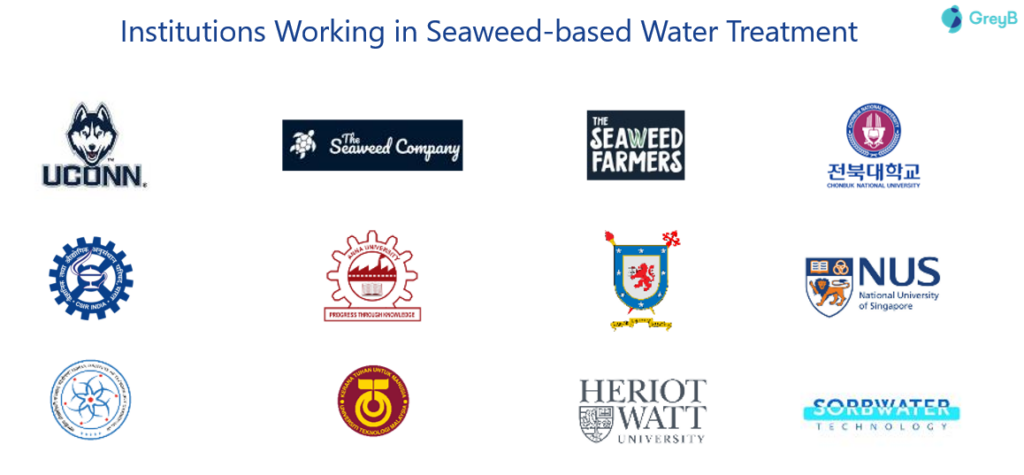
CSIR & IIT’s Seaweed-Based Water Treatment
Researchers at the Central Salt and Marine Chemicals Research Institute have jointly developed (with the Indian Institute of Technology) a carbon-based cleaning process. The process is completely environment-friendly and uses seaweed as the starting material. They have synthesized graphene-iron sulfide nanocomposite from abundantly found seaweed (Ulva fasciata) through the direct pyrolysis.
This nanocomposite was also tested by depositing it on commercial filter paper and using it in a customized flow cell in continuous filtration mode. It was able to render a highly toxic black dye solution into colorless water.
A maximum adsorption capacity of 645 mg per gram for the lead was achieved at neutral pH. Scientists, in their study (published in the Journal of Hazardous Materials), claim this is the highest ever reported for any biomass-derived carbon material. It could also remove highly toxic hexavalent chromium from wastewater.
Seaweed Innovations in Cosmetics
Challenges related to seaweed in “Cosmetics”
Consumer preferences for green and eco-friendly products have increased in recent years. This trend is also in cosmetics, representing a competitive and rapidly changing global market demanding natural, safe, and efficient ingredients to develop novel skincare products.
Marine resources represent a widely available and promising source of unique and active compounds with the potential to produce cosmetics. Seaweeds, for example, are a sustainable and renewable resource gaining increasing attention for cosmetic applications.
However, cosmetic solutions are found to have certain challenges that make their acceptability difficult in the broader domain –
- Makeup removal products are ineffective
- Irritates skin and the delicate eye areas
- Unpleasant and greasy skin feel
- Artificial ingredients used
We see that currently used products have various disadvantages that make them difficult to incorporate into downstream cosmetic products. We believe that seaweed-based products could provide an effective solution to these problems.
Seaweeds could be added as an active ingredient in cosmetic products, as they can provide various desirable properties to the final product. These properties include photo-protective, moisturizing, antioxidant, anti-melanogenic, anti-allergic, anti-inflammatory, anti-acne, anti-wrinkling, antimicrobial, anti-aging, whitening, etc.
Furthermore, these compounds exhibit low cytotoxicity and low allergen contents. This makes them an ideal case for various skincare products. (Source)

Loreal’s seaweed-based natural fibers
Loreal started selling various products under its “Pure Clay” brand, which claims effective cleansing without inflammation, dry skin, hyperpigmentation, etc. This seaweed-based mask is formulated with three types of clay (kaolin, montmorillonite, and Moroccan lava) to help draw out the buildup of impurities, dirt, and oils, visibly reducing the appearance of imperfections, clearing the look of congested pores and gently cleanse stressed areas.
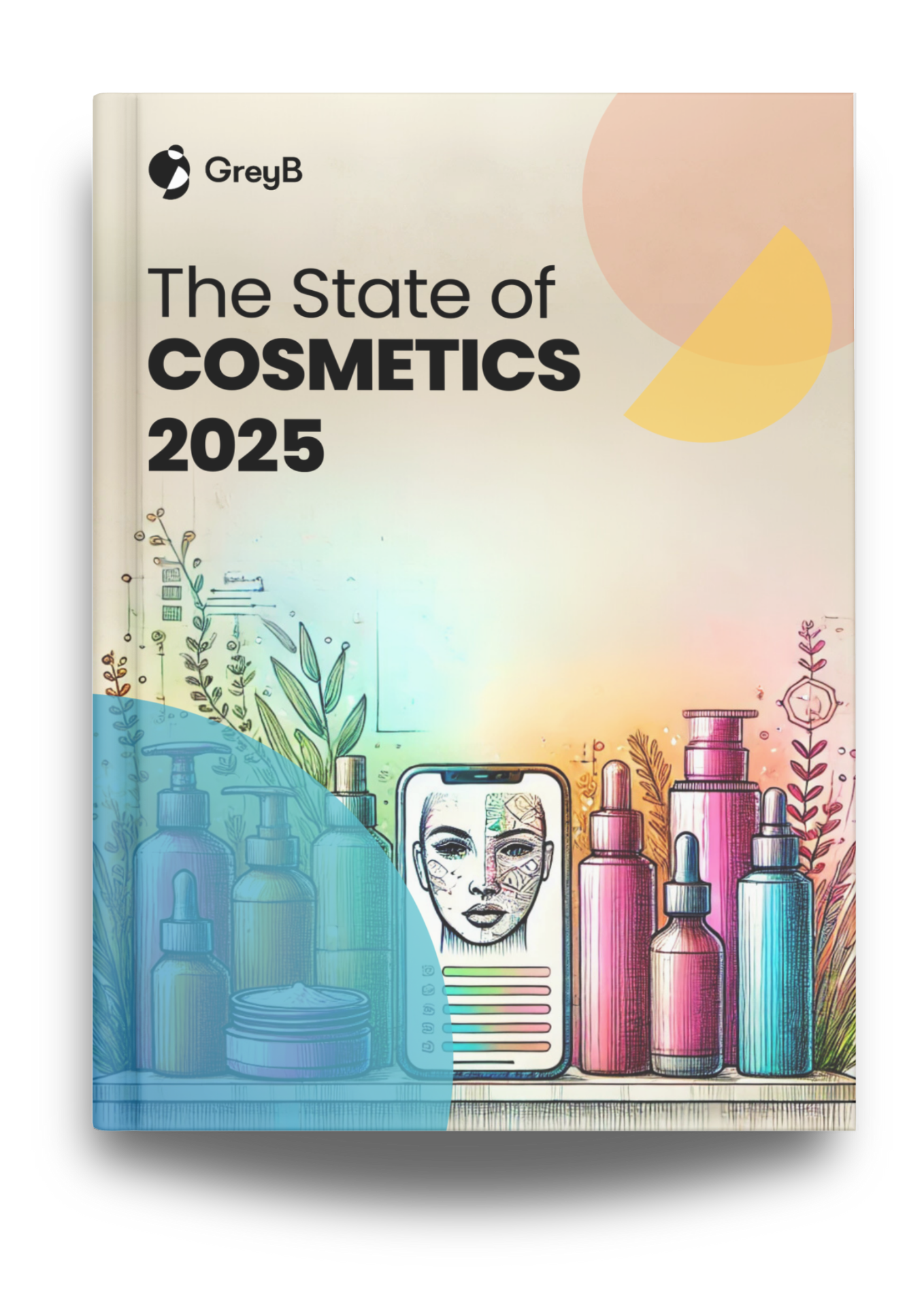
Cosmetics Trends Report 2025
Download ReportSeaweed Innovations in Agriculture
Challenges related to seaweed in “Agriculture”
The demand for oil crops is increasing due to their usage in various downstream industries (such as biodiesel, food processing, etc.). The crop plants oilseed rape and canola (Brassica napus and Brassica rapa) are important sources of seed-derived oils in the world. But, splitting the pod (seeds of an oil plant) results in shedding the seeds (known as pod-shattering). This process can occur before the crop is harvested, leading to average seed yield losses of 20-25 % and up to 70%.
Let’s examine the various problems affecting yield and see if seaweed solves these challenges.
- Ripening variation within a crop
- Low oil content in the seeds
- Lower yield due to pod shattering
- Indirect losses (delayed harvest, herbicide usage)
Apart from direct income losses from reduced seed yield and the reduced price paid for low oil content seeds, pod shattering also results in additional indirect costs to the grower. The shed seed results in self-sown (“volunteer”) oilseed rape plants growing in the next year’s crop, which creates further expense due to the need for increased herbicide use.
Such self-sown oilseed rape plants cause losses due to competition with subsequent crops and cause problems for farmers using reduced-tillage strategies such as no-till, zone-till, and strip tillage.

Brandon’s biostimulant
Brandon Bioscience (an Ireland-based biotechnology company that is working to increase the yield potential of agriculture crops) published a research paper, “Ascophyllum nodosum Extract (Sealicit TM) Boosts Soybean Yield Through Reduction of Pod Shattering-Related Seed Loss and Enhanced Seed Production”. The research paper focuses on reducing soybean pod shattering using the same methodologies discussed in the patent above. The company mostly uses Ascophyllum nodosum (a seaweed extract) as a bioactive compound in their products.
Seaweed Innovations in Polymers
Challenges related to seaweed in “Biopolymers”
Biofuels are considered necessary to decarbonize parts of the economy. Still, there are no alternatives, notably aviation, where electrification is unavailable. Today, Europe meets 90% of its renewable transport target with land-based biofuels, which, in many cases, are at least as bad as fossil fuels. Meanwhile, climate science shows that fighting climate change will necessarily involve bioenergy, though the sustainable scale remains one of climate science’s most unsure areas.
Thus, there is a need for alternative methods of using renewable sources to satisfy the requirements of biofuels. As a result, Seaweeds (Macroalgae) are gaining increasing interest as an important biomass feedstock. (Source)
Let’s look at some of the challenges in using seaweed –
- High costs associated with dewatering, washing, and drying seaweed
- Engineering infrastructure requirements
- The presence of salt poses an obstacle to downstream chemical processes
- Technological barriers
Seaweed (or macroalgae) is a large, diverse group of aquatic plants. Some common species, like sugar kelp, could become a promising source of biofuels if sustainably produced and used. Compared with soya, which is also used for producing biofuels, growing seaweed is faster, more space-efficient, and does not require fresh water or fertilizer.
Furthermore, seaweed does not compete for land area. On the contrary, seaweed can be grown in exactly the area we have the most of the sea. (Source)

Bath University’s research on seaweed-based biofuels
The university’s research shows that an entirely salt-based biochemical conversion route is a potentially viable option. The research has demonstrated that the presence of saltwater can be advantageous (rather than a hindrance) and could provide an alternative, more cost-effective pathway to achieving a successful macroalgal-based biorefinery. (Source)
As a bonus of this research, if any pieces of plastic waste are present in the washed-up seaweed, those are likewise converted into bio-oil. So they do not need to be removed before processing. UKRI, Global Challenges Research Fund, Roddenberry Foundation, Innovate UK, and Newton Fund support this research.The research published by the University of Bath, “Saltwater-based fractionation and valorization of macroalgae,” demonstrates that biofuels could be derived from seaweeds using hydrothermal liquefaction. (Source)
Brandon Bioscience (an Ireland-based biotechnology company that is working to increase the yield potential of agriculture crops) published a research paper, “Ascophyllum nodosum Extract (Sealicit TM) Boosts Soybean Yield Through Reduction of Pod Shattering-Related Seed Loss and Enhanced Seed Production”. The research paper focuses on reducing soybean pod shattering using the same methodologies discussed in the patent above. The company mostly uses Ascophyllum nodosum (a seaweed extract) as a bioactive compound in their products.
Conclusion
As we look to the future, seaweed’s potential seems boundless. Its versatility and sustainability make it a prime candidate for addressing global challenges, from food security to climate change mitigation.
As research continues and consumer awareness grows, seaweed is poised to play an increasingly vital role in our transition to a more sustainable, bio-based economy. With ongoing innovations and increasing investment, seaweed may well become one of the most important resources for many industries.
Many companies, startups, and research institutes are researching it for different purposes. If you also want to explore various seaweed innovations for probable growth, we can help you establish a footing in the industry.

Authored by: Ambuj Chaudhary, Landscape Team.






